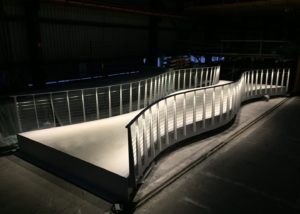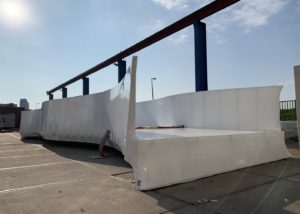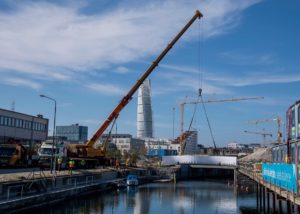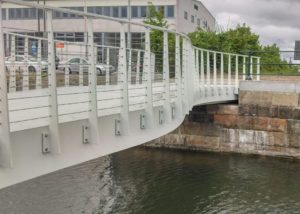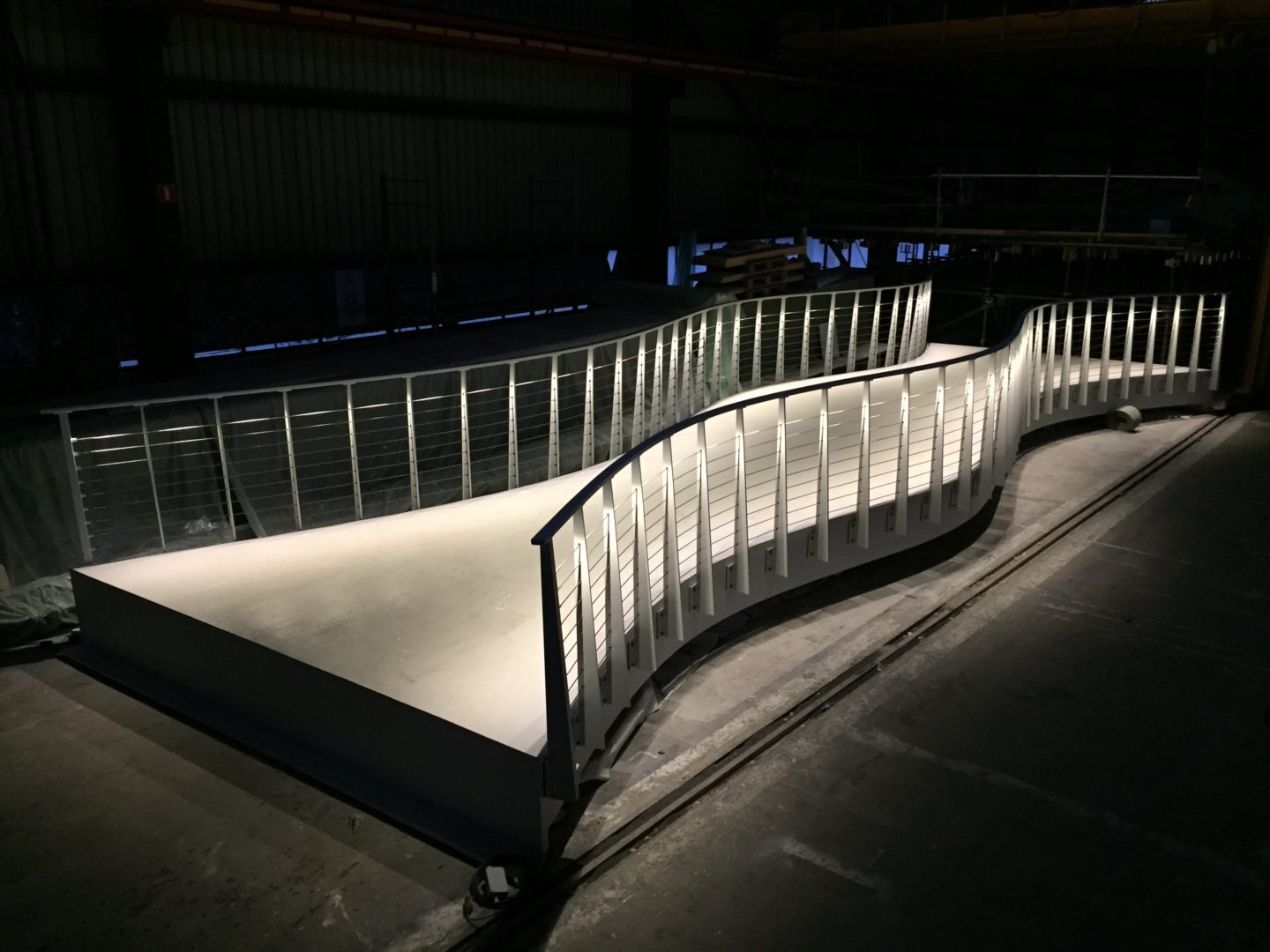
Design – From Concept to Completion
Sustainable urban infrastructure, also called sustainable municipal infrastructure, is an infrastructure that facilitates a place or regions progress towards the goal of sustainable living. Attention is paid to technological and government policy which enables urban planning for sustainable architecture and initiatives that promote sustainability. In theory, a sustainable design can lead to the development of sustainable communities by ensuring that infrastructural knowledge makes improvements that do not deplete natural resources. Consequently the transition and mass adoption of renewable resources features heavily in sustainable infrastructures.
The design emphasis for a sustainable urban infrastructure is on localization and sustainable living. The aim is to reduce individual’s ecological footprint according to the principles of sustainable development in areas with a high population density. The criteria for what can be included in this kind of urban environment varies from place to place, given differences in existing infrastructure and built form, climate and availability of local resources or talents.
